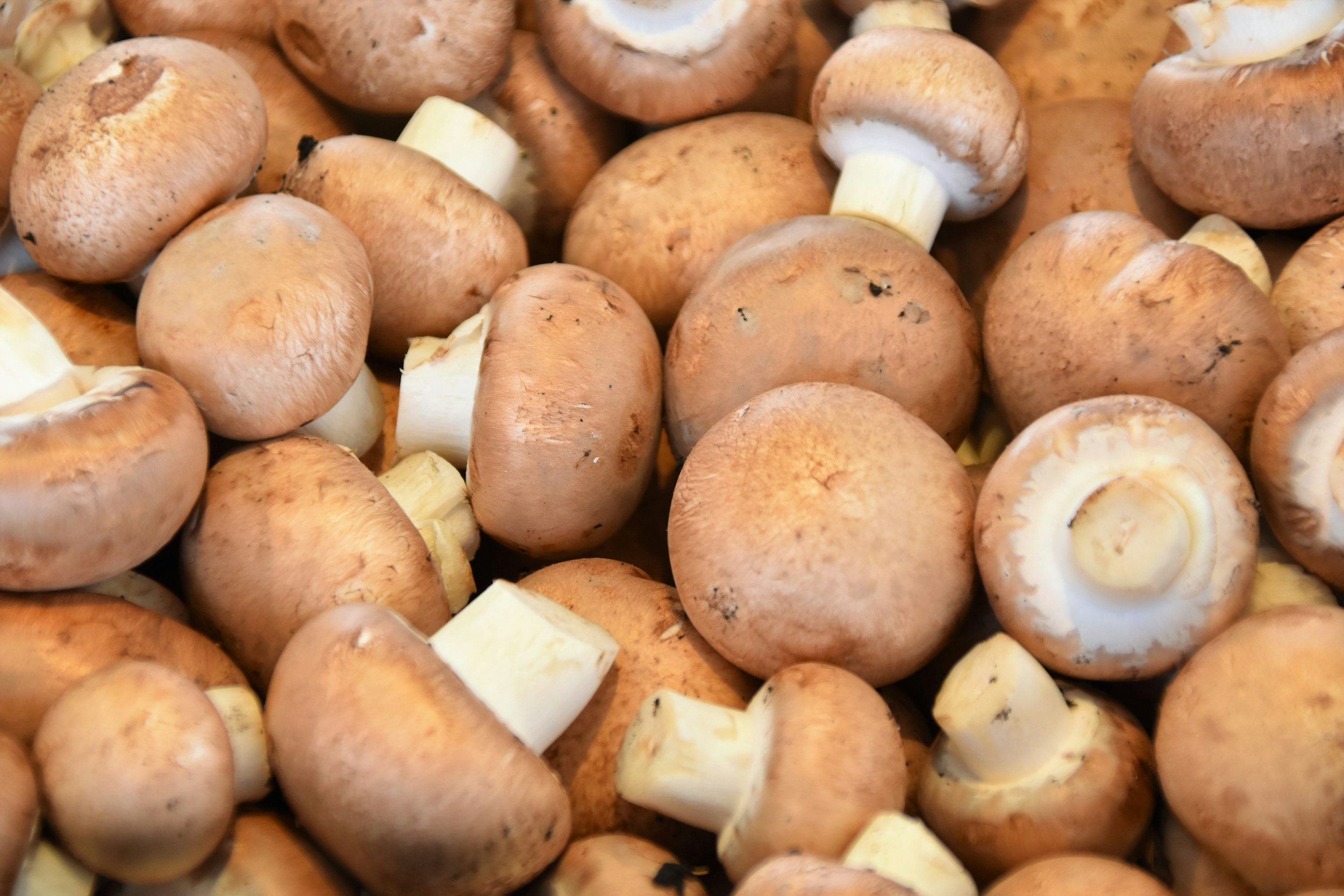
August
Seasonal eating in August is a delightful celebration of summer’s bounty! There are so many delicious fruits and vegetables to choose from this month.
Artichoke, aubergine, basil, beetroot, bilberries, blueberries, broad beans, broccoli, carrots, cherries, chillies, chives, coriander, courgettes, cucumber, damsons, fennel, greengages, French beans, garlic, kohlrabi, lettuce, loganberries, mangetout, marrow, mint, onions, oregano, pak choi, parsley, peas, peppers, plums, potatoes (maincrop), radishes, raspberries, redcurrants, rocket, rosemary, runner beans, sage, sorrel, spring onions, strawberries, sweetcorn, tarragon, thyme, tomatoes, turnips, watercress, wild mushrooms.
Tomatoes, courgettes, and basil are stars of the season, and they open to so many possibilities for simple yet scrumptious meals. Here are a few ideas to make the most of these seasonal gems:
Tomatoes
Should tomatoes be stored in the fridge or on the worktop?
To keep them fresher for longer, we recommend storing them in the veg drawer in the fridge. For the best flavour, take them out of the fridge up to 24 hours before eating them.
You can also freeze tomatoes, but they are best used in cooking.
Whip up a panzanella salad with chopped up tomatoes, stale bread and fresh basil. Or roast them to create a rich tomato sauce for pasta.
Courgettes
In the hight of summer there is often a glut of courgettes. Freezing is wonderful way to preserve them. Simply blanch them before freezing, this will maintain their vibrant colour and flavour as well as keeping their nutritional value intact. Alternatively, you can roast them before freezing.
There is no need to defrost them, cook straight from frozen.
Courgettes are very versatile and can be added to lots of different dishes like stir fries, salads, pasta or soups. Two of our favourite dishes are courgette fritters, which are super easy to make and perfect for a light lunch, and summer minestrone soup. This summer version of the classic is a winning recipe which uses produce that is at its best at this time of year.
Basil
We find basil stores best if you treat it like a bouquet of flowers: Store trimmed basil in a jar or glass of water.
Cover the leaves loosely with a plastic bag and leave on the kitchen worktop.
Change the water regularly, this will keep your basil fresh for 1-2 weeks.
Top tip: Don’t store basil in the fridge as it will turn brown and die. Basil likes warmth!
Basil is perfect for making fresh pesto—just blend it with olive oil, pine nuts, garlic, and Parmesan cheese.
It’s also a great garnish for soups, pizzas, and pastas.
For something a bit different, try this basil and lemon sorbet great served with fresh strawberries.





